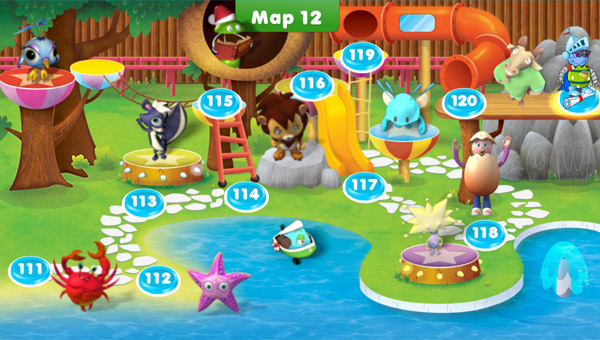

If II is to be used, the name must be exactly the same as the name of the person being honored, including spelling and middle name, or the II suffix would be pointless. When it comes to the II suffix, it is traditionally used when naming a child (usually a boy) after a male family member other than the father.
#TYPE TO LEARN JR.3 TV#
You could, for example, follow the example of Phoebe’s half-brother Frank Jr on the TV show Friends, who named his son Frank Jr Jr (though your child would probably not thank you for that). These are just some of the common and traditional uses of Jr and II.
#TYPE TO LEARN JR.3 FREE#
Anyone is free to name a child however they wish. Of course, none of these are legal rules for naming. If the child is born posthumously, and the mother wants to name him after the father, he should be called II. It is also usually expected that a father still is alive if a child is called Jr. One of these is that calling a man Sr is only to be done after he has passed, and also only when his Jr offspring has married. The Jr suffix has some other unofficial rules associated with it. That common usage is to use Jr when the child is being named directly after his father and to use II when the child is to have the name of an earlier male relative, such as a grandfather, uncle, great-uncle, great-grandfather, etc. There is nothing set in stone about how these two name suffixes should be used, but there is a common usage.


However, with regular people, the use of II and Jr can sometimes be confusing. It is easy to see here that the kings and queens were being named after previous monarchs of the same name, sometimes their parents and sometimes earlier royal branches on their family tree. There have been eight kings of England named Henry, and another eight named Edward, for example. You can see this type of naming pattern quite clearly in the kings (and sometimes queens) of old. However, the most common type of naming, when it comes to naming a child after someone, in particular, is to name a boy after his father or another family member of the same name (usually one who did great things, was well known, or was highly respected, in the hopes the child would follow in those venerable footsteps). Back in the old days, when child mortality was high, it was common to name a child after an older child who had died - and the name used, in turn, was usually either a family name that had been used a lot over several generations or the name of a recent or contemporary relative the parents wanted to honor. It is common to want one’s children to be like you, or like a treasured family member who came before them. To have the most accurate research possible, knowing the difference between II and Jr is important - and there is a difference. Since both seem to indicate a person is named after someone else, is there a difference between the two, and if so, what is it? This is an important question for genealogists, as it will impact your understanding of your research. You have seen people with a II after their name, and with a Jr.


 0 kommentar(er)
0 kommentar(er)
